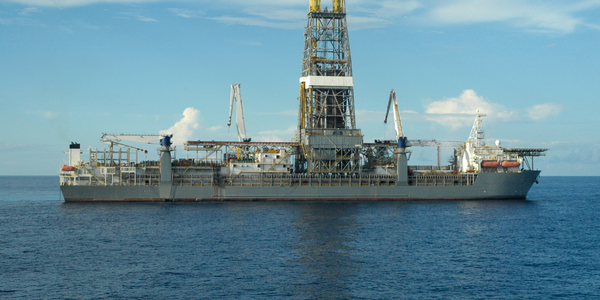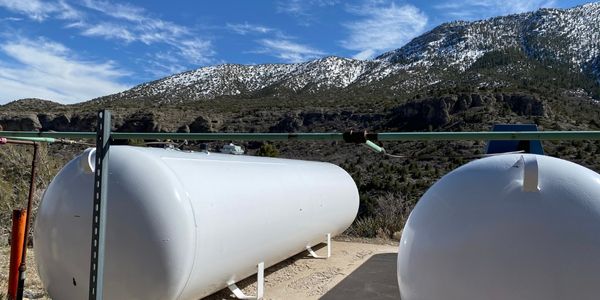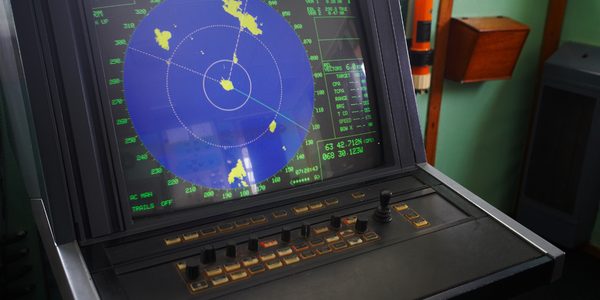Customer Company Size
Large Corporate
Region
- Europe
Country
- France
- Switzerland
Product
- ICONICS GENESIS64
Tech Stack
- Kepware OPC Server software
- SAIA Burgess PLCs
Implementation Scale
- Enterprise-wide Deployment
Impact Metrics
- Customer Satisfaction
- Productivity Improvements
Technology Category
- Application Infrastructure & Middleware - API Integration & Management
Applicable Industries
- Marine & Shipping
Applicable Functions
- Facility Management
Use Cases
- Building Automation & Control
- Remote Asset Management
Services
- System Integration
About The Customer
MSC Cruises, headquartered in Geneva, Switzerland with a shipyard in Saint-Nazaire, France, is the world’s fourth largest cruise line and largest privately-owned cruise company. The company is a market leader in the Mediterranean, South America and South Africa. Following several years of unprecedented growth, MSC Cruises sails throughout the year in the Mediterranean, and offers a wide range of seasonal itineraries in Northern Europe, the Atlantic Ocean, the Caribbean, Cuba and French Antilles, South America, South Africa, Abu Dhabi, Dubai and Oman. The company grew by 800% between 2004 and 2014, carrying 1.67 million guests in 2014 and reported strong financial results with a turnover of €1.5 billion. MSC Cruises is a Swiss-based European company with deep Mediterranean roots employing 15,000 staff around the world and present in 45 countries.
The Challenge
MSC Cruises, the world’s fourth largest cruise line and largest privately-owned cruise company, sought a modern monitoring and control system for its latest cruise ship, the MSC Meraviglia. The company wanted to include the latest technology in its newest cruise ship, not only for the entertainment of its passengers but also for their, and its crew’s, personal comfort. The comfort and safety of its passengers were a top priority, which included the monitoring and management of its ship wide HVAC system. The cruise ship, the 13th to join MSC Cruises’ fleet since the company’s inception in 2003, is 315 meters long, 43 meters wide and 65 meters high and can travel up to 22.7 knots. Among the ship’s attractions are a water park with multiple water slides, a Himalayan rope course, a Cirque du Soleil theatre, and the largest LED dome at sea.
The Solution
MSC Cruises, working with system integrator, Engie Axima selected ICONICS’ GENESIS64™ HMI/SCADA and building automation suite. The system would cover the heating, ventilation and air conditioning throughout passenger cabin, public space, galley, stairway, technical room, swimming pool, and wheelhouse areas. Combined, approximately 450 fans, 820 sensors and 1,000 actuators are now controlled and monitored via ICONICS GENESIS64 software. Approximately 6,000 physical input/output (I/O) points and 15,000 communications I/O points are connected through the system, including interfaces with over 100 SAIA Burgess PLCs. In addition, GENESIS64 also connects to Kepware OPC Server software aboard the vessel. The operation of its HVAC system can be easily performed via Web-connected touchpads thanks to the installation of ICONICS GENESIS64 HMI/SCADA software. A detailed, intuitive, easy-to-use interface allows operators to monitor and set temperatures and related parameters throughout the ship.
Operational Impact
Quantitative Benefit

Case Study missing?
Start adding your own!
Register with your work email and create a new case study profile for your business.
Related Case Studies.

Case Study
Drill ship power challenge: hybrid solution solves distribution issues
Aspin Kemp & Associates (AKA), a manufacturer of electrical power and control systems headquartered in Montague, PEI, encountered one with its hybrid power initiative, the first hybrid drill floor destined for installation on ultra-deepwater drill ships operated by Transocean, Swiss offshore drilling contractors. Since on-site modification was impossible and scrap recycling of any modifications was unacceptable, the enclosures had to arrive ready-to-install.

Case Study
Ensures Tanker Safety and Emissions Compliance
Storage tanks are irregular in shape and a certain amount of mathematical modelling is required to get an accurate representation of volume and, more importantly, the weight of material in each tank. In addition, countries have different emission regulations, so the ships position needed to be accurately known in order to geotag emission data.

Case Study
Real-time Networked Sonar System for Ships
A multinational, knowledge-based corporation that delivers marine electronics solutions is utilizing industrial Ethernet technology to help ensure that operations at sea are dependable and optimal. Based in Europe, the company has nearly 4000 employees working in 20 countries around the world, and produces high-tech systems for offshore oil and gas operations, merchant marine systems, and various applications for the defense and aerospace industries. The company produces products and systems used by merchant vessels and offshore installations for positioning, navigation, automation, as well as for surveying and monitoring the seabed, and for fishing vessels and fi sheries research. As one of the major suppliers of high quality marine electronics in the world, their products include chart plotters for yachts, triple redundant dynamic positioning systems for oil drilling rigs, and sonar and instrument systems for scientifi c research vessels. Products used for marine applications must be rugged enough to endure the corrosive effects of salt water, and be able to withstand excessive amounts of vibration and shock. For this reason, the company only uses DNV and GL certified products and components to ensure that their systems can meet the high standards required by the maritime industry.

Case Study
Fleet Management Connectivity Solution for Marzam
Marzam, in order to ensure the best service, invested 3 million dollars in the construction of 2 fuel oil tanks with 40k gallons and 10k gallons capacity each, located in Manta, Ecuador. The customer needs to keep fleet operations going with fuel available at all times in order to guarantee quality of service. KEY ELEMENTS FOR THE CUSTOMER: Real-time level monitoring: Tank infrastructure remote level monitoring. Configure alerts and notifications when reaching critical values to avoid the need for emergency refills and optimize supply schedules. Real-time consumption monitoring: The customer needed an easy way to monitor in real-time accurate values of consumption.

Case Study
Mitsubishi Electric's Edge Computing Solution Powered by Wind River VxWorks
Mitsubishi Electric Corporation, a global leader in factory automation (FA) applications, identified edge computing as a critical component of the Industrial Internet of Things (IIoT). The company aimed to enhance device and data security, reduce data traffic to the cloud, and enable faster response to network or device issues. In 2018, Mitsubishi Electric launched its first line of industrial hardware products designed for edge computing, the MELIPC Series. The primary development goals for MELIPC were to support the type of edge computing promoted by Mitsubishi Electric and to introduce advanced vision technology for device control. The flagship computer of the MELIPC line, the MI5000, was designed to combine real-time equipment control with high-speed data collection, processing, diagnosis, and feedback in a single machine. However, the development team needed a real-time control platform that could seamlessly integrate real-time control with proven analytic and diagnostic applications.

Case Study
Migrating to Software-Only Licenses for More Responsive License Management
The world’s premier shipping companies work with the software solutions of ABB Marine & Ports to get their vessels safely and efficiently to their destinations. A loyal customer of Wibu-Systems for over a decade, ABB has been relying on CodeMeter dongles to store the license keys for their ABB AbilityTM Marine Advisory System - OCTOPUS.The current version of the system is using Wibu-Systems’ robust metal-case CmStick ME, a perfect choice for the rugged conditions at sea. As satellite communications has made fast Internet connections at sea a common reality for maritime operators, the company is looking to move from physical to software solutions to streamline its logistics processes.






